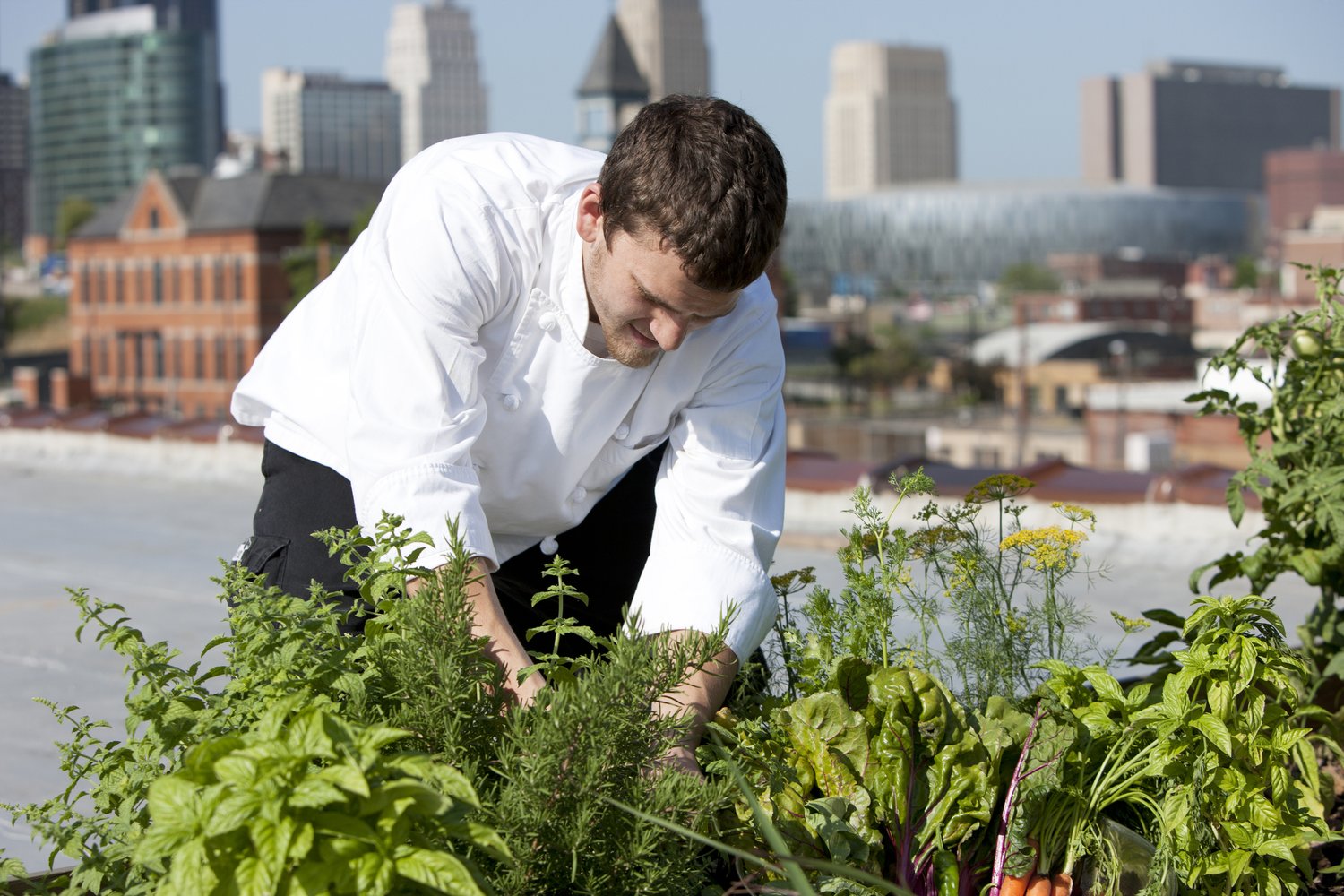The City Blooming Ideas
The City Blooming Ideas
Blog Article
10 Easy Facts About City Blooming Explained
Table of ContentsLittle Known Facts About City Blooming.City Blooming Things To Know Before You Get ThisThe 8-Second Trick For City BloomingThe Basic Principles Of City Blooming 5 Simple Techniques For City Blooming
Interested in expanding food for sale in the City of Chicago? Below is a checklist of frequently asked concerns concerning the policies and regulations that cultivators ought to take into consideration when preparing an urban agriculture job.
The zoning change does not customize any type of various other codes taking care of composting, building authorizations, purchasing or leasing City owned property, organization licenses or ecological contamination. There are existing codes that manage these problems and they stay in complete effect and may be appropriate to your job. Community yards are typically had or managed by public entities, civic companies or community-based companies and preserved by volunteers.
Urban farms expand food that is meant to be sold, either on a nonprofit or for-profit basis. Due to their industrial objective, city farms require a service certificate.
5 Easy Facts About City Blooming Described
Composting is allowed yet only for plant product that is generated and made use of on site. The quantity of compost material can not exceed 25 cubic yards at any kind of given time according to the standards in 7-28-715 of the City's Municipal Code. Yes. Because the dirt at a lot of brand-new garden sites requires modifying, garden compost, soil, wood chips, or other products can be acquired to create or boost the expanding room - City gardening.

If a structure license is needed after that the hoophouse will be considered an accessory structure. You can learn more about the building authorization needs by speaking to the Department of Structures. The 25,000-square-foot dimension limitation is planned to avoid a single neighborhood garden from dominating a given block or diminishing the block's existing residential or business personality.
The restriction does not put on gardens situated in Public Open Space (POS) districts. Can there be greater than one area garden that is 25,000 square feet on a solitary block? Yes. The size restriction relates to specific yards, not to specific blocks. No. Secure fencing is not required, nevertheless, gardens that have big auto parking locations might be called for to mount fence or other landscaping features.
City Blooming Fundamentals Explained
B1 & B2 districts call for that all business use tasks be carried out inside your home. Is fence required for metropolitan ranches? Fencings may be needed, along with landscape design and testing, for particular vehicle parking areas and outside work or storage space areas depending on area and the details activity taking place.
Yes. Urban farms require structure permits and zoning approvals prior to building and construction. this contact form Other forms of city evaluation might be called for relying on specific frameworks, activities, dimension, landscaping, licensing, public heath and stormwater administration issues. Much of these requirements are determined in the job design or allowing procedure, nevertheless, the applicant might be responsible to individually identify specific licenses or permits that may be required.
The Department of Company Matters and Consumer Protection can aid identify the certain type of service license that's called for. Off road car parking is required for most commercial tasks in Chicago. The needed number of auto parking rooms is based on the number of employees working on website and not the square footage of the growing space.
The 3-Minute Rule for City Blooming

Yes. A city farm can offer compost product created on site, however, the procedure must comply with the guidelines in 7-28-715 of the Chicago Municipal Code. Yes. Aquaponic systems are permitted inside on city farms in lots of zoning areas. A zoning review and building permit is needed in order to install frameworks or systems and an organization license is needed as defined above.
As much as 5 hives or swarms of honey may be maintained as an accessory usage. However, beekeepers have to sign up with the Illinois Division of Farming. For more details regarding the recommended zoning amendment you may contact the Department of Real Estate and Economic Development, Bureau of Preparation and Zoning at 312.744.8563.
Farming in cities and metropolitan locations A city ranch in Chicago. Urban farming describes numerous techniques of cultivating. https://www.twitch.tv/cityblooming/about, handling, and distributing food in urban areas. The term likewise uses to the area activities of animal husbandry, aquaculture, beekeeping, and horticulture in a city context. Urban farming is differentiated from peri-urban agriculture, which takes location in backwoods at the side of suburban areas.
The Ultimate Guide To City Blooming
It can include an activity of organic farmers, "foodies" and "locavores", that look for to form social media networks based on a common values of nature and neighborhood holism. These networks can establish by method of official institutional support, ending up being integrated into regional community planning as a "change town" activity for sustainable city advancement.
The extra direct accessibility to fresh veggie, fruit, and meat items that might be become aware through city agriculture can boost food security and food safety while decreasing food miles, leading to reduced greenhouse gas exhausts, thus adding to climate adjustment mitigation. A few of the initial evidence of urban agriculture comes from Mesopotamia.
Report this page